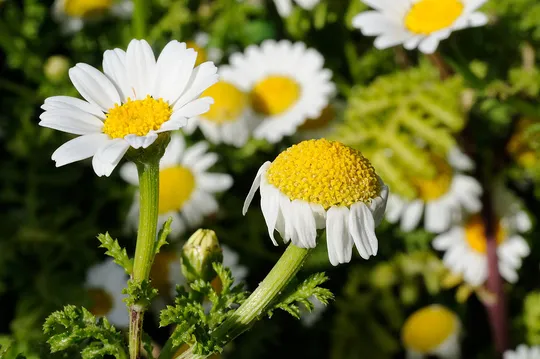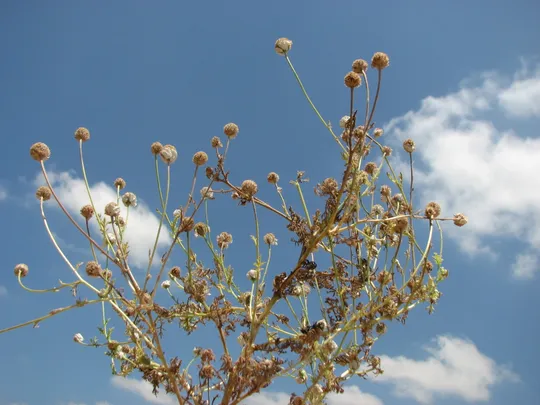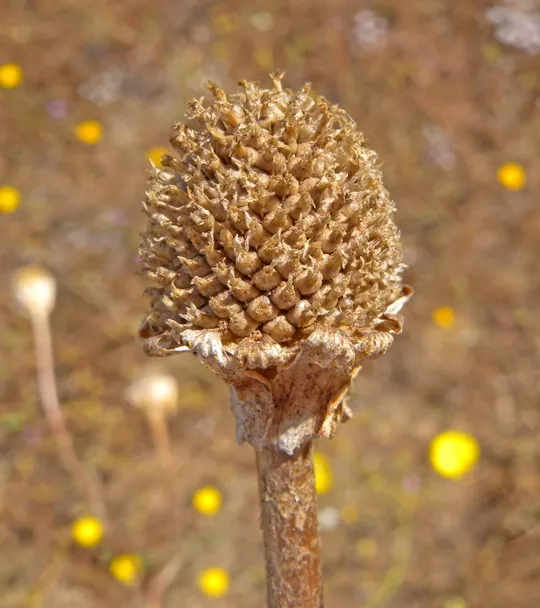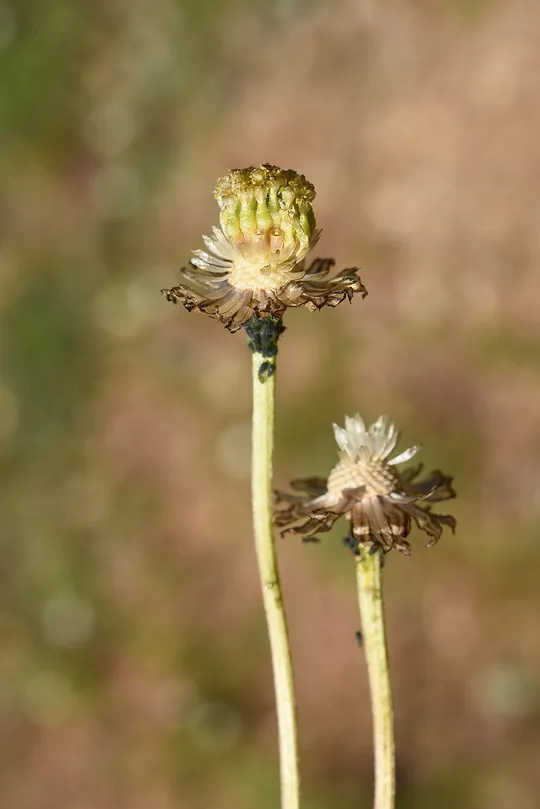Anthemis brachycarpa
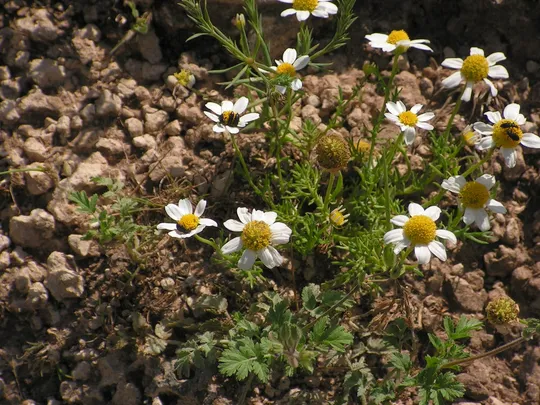
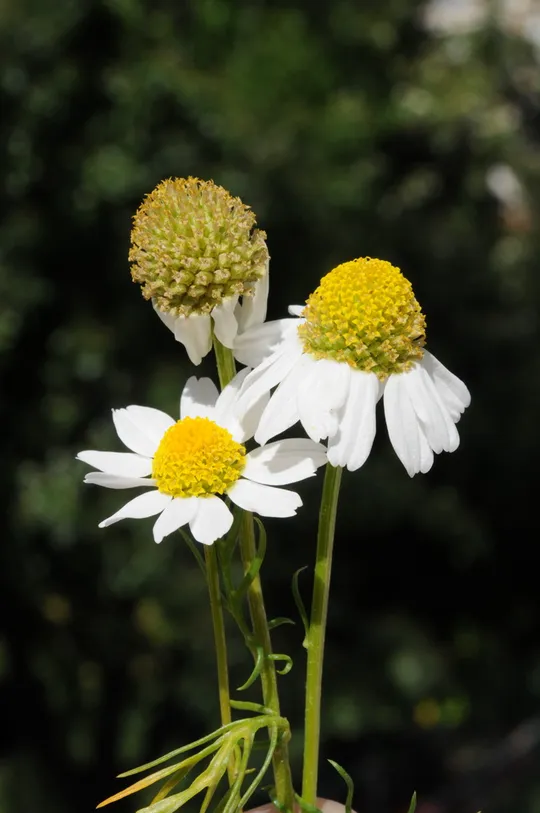

Anthemis brachycarpa now grows only
in the Sharon on the Udim Ridge. Formerly it was also found in Herzliya but has
disappeared from there. According to Shir Vered the plant also grew once on the
lower sections of the eastern slopes of the calcareous sandstone ridge of Tel
Aviv University when the Ayalon Highway was paved.
Light soil with low limestone content,
especially in sandy red loam in a Mediterranean climate.
For the genus – see Anthemis philistea.
Alexander Eig, who stressed its biogeographical
importance, was
the first to describe A. brachycarpa. He collected the species from the Herzliya-Netanya
area, together with the first scientists in the Department of Botany and his colleague
Naftolsky in the 1920s. A. brachycarpa belongs to the Series Cornucopiae (Eig) Yeivin
that in turn belongs to the main section in the genus Anthemis – section
Anthemis. This section includes 71 species, all annuals whose range is
in southern Europe, the Middle East and on to Afghanistan and Kazakhstan. The
center of diversity of the group is in the Middle East in all vegetation zones,
from the desert and to the subalpine montane vegetation. The Anthemis
species in this section are divided into fifteen series (Eig, 1938, Yeivin,
1971) that include most of the Anthemis species in
Israel, including all four species in the Series Cornucopiae: A. hebronica,
A. cornucopiae, A. maris-mortui and A. brachycarpa. The species in
the group have a characteristic hairy, swollen corolla tube, obconic achenes,
prominently tuberculated, with an auricle at the achene apex. The achenes drop
off upon capitulum maturation, with the dry flower still attached, with the
exception of A. brachycarpa where the dry flower detaches when the plant
wilts. The long, erect, leafless peduncle is a useful sign for field identification
of all the species (in many Anthemis species from the Mediterranean
region the leaves accompany the stems almost to the inflorescence base) as is
the highly convex inflorescence receptacle in the mature plant. Another sign is
that in most species the leaves are pinnate (with the exception of A.
brachycarpa). The species in the group constitute a series of closely
related species that replace each other from the north to the south, from the
rainy Mediterranean region towards the desert. Thus, A. cornucopiae
grows in the Mountains of Samaria, in the Galilee and in Lebanon in the
Mediterranean region. A. hebronica dominates in patches on the eastern
slopes of Samaria and Judea in the transition zones of Israel and Jordan. A.
maris-mortui populates the desert region of the Jordan Valley, Judean
Desert and the Negev. A. brachycarpa has a similar distribution and speciation
pattern to that of Iris atropurpurea
in the black Royal Iris group and like it, grows only on the light soil of the
coastal plain (Sharon). Presumably, like I. atropurpurea and other Irano-Turanian
species, it penetrated to the coastal plain from southern Judea in a flanking
movement from the southern Mediterranean mountainous region. Today there is
geographical disjunction between A. brachycarpa populations and the
other species in the group, which probably encouraged the speciation of this
endemic species.
·
Anthemis
brachycarpa is currently found only in one region, at a single site
– Udim. In the past, it was also collected from another site in Herzliya, where
it is now extinct.
·
The size of the only
population that is known today with certainty is estimated at a few hundred
plants.
·
The main factor
threatening A. brachycarpa is habitat loss: most of the open sandy
red loam areas on the Sharon ridges have disappeared.
·
A. brachycarpa
is protected in the Udim nature reserve.
·
The species is endemic
to Israel and its local threat status is equivalent to its global one.
Anthemis brachycarpa should be grown
in refuge gardens, to create breeding nuclei to reintroduce it to the Sharon
reserves on sandy red loam, to reinforce the existing population.
Anthemis brachycarpa is endemic to
the Sharon in Israel and has never been found in another area. This is an
extreme case of local endemism, similar to that of Rumex aeroplaniformis,
which is very rare, even among the many endemic species of the coastal plain.
Most of them have a much broader distribution, usually from southern Lebanon to
the Gaza Strip.
Anthemis brachycarpa is an extremely
rare herbaceous annual plant in Israel, currently found only on a single site. The
species was first described to science from Israel and is endemic to Israel and
found only in the Sharon region. Its uniqueness and evolutionary and
biogeographical importance afford this species the highest conservation
priority.
ראה ספרות בקחוון פלישתי.
Current Occupancy Map
| 1000 squre meter pixel | 5000 squre meter pixel | 10000 squre meter pixel | |
|---|---|---|---|
| number of observations | 0 | 0 | 0 |
| in total pixels | 0 | 0 | 0 |
| Family | Asteraceae |
| Classification | On the endangered species list |
| Ecosystem | Coastal area |
| Chorotype | Eastern Mediterranean |
| Conservation Site | Udim Nature Reserve |
| Rarity |
1
6
6
|
|---|---|
| Vulnerability |
0
4
4
|
| Attractiveness |
0
0
4
|
| Endemism |
0
4
4
|
| Red number |
1
7.4
10
|
| Peripherality | 0 |
| IUCN category | DD EW EX LC CR EN VU NT |
| Threat Definition according to the red book | Critically endangered |
 Based on:
Based on:
